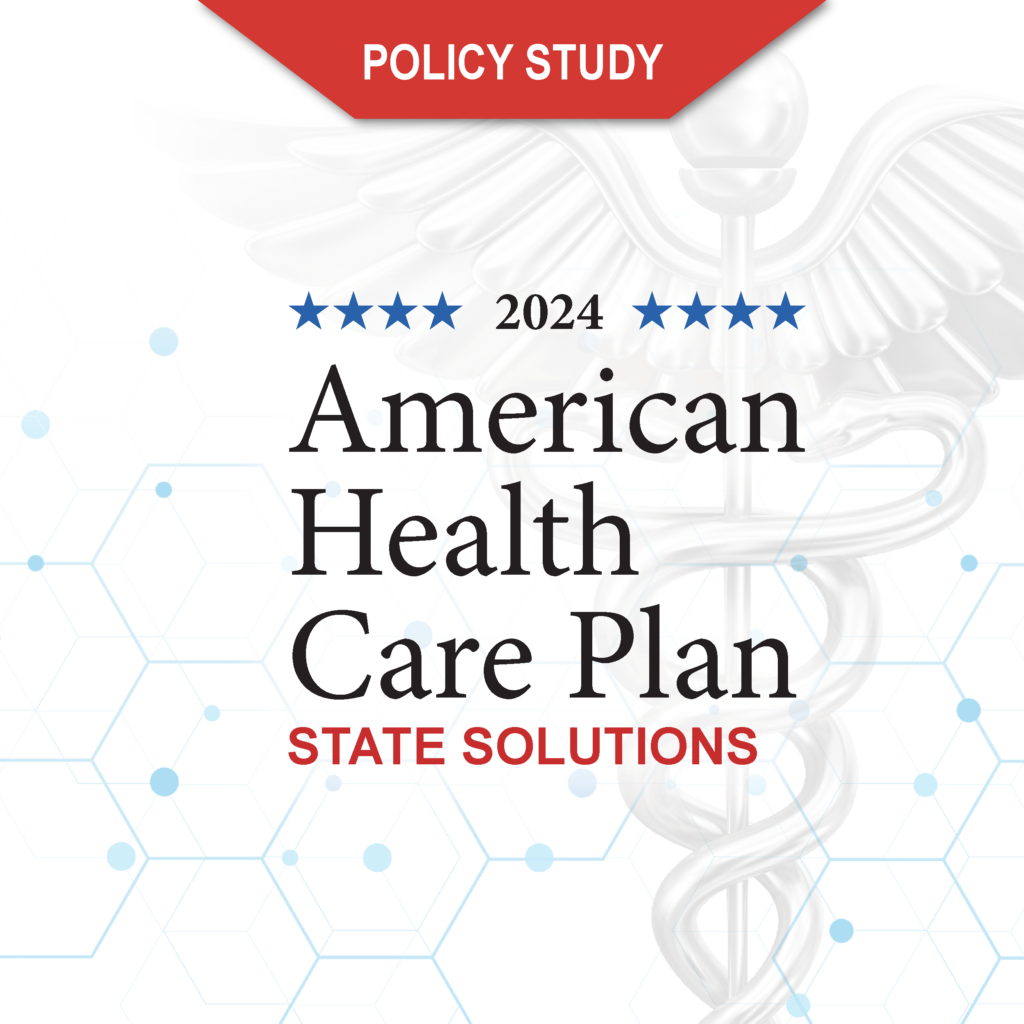In March, Reps. Steve Stivers, R-Ohio, and Bill Foster, D-Illinois, introduced the Support Technology & Research for Our Nation’s Growth and Economic Resilience (STRONGER) Patents Act of 2018.
This bill has a companion piece of the same name in the Senate, co-sponsored by Sens. Chris Coons, D-Delaware, Tom Cotton, R-Arkansas, Dick Durbin, D-Illinois, and Mazie Hirono, D-Hawaii.
Supporters of this legislation note that, in 2018, the United States fell to 12th place (from first place in 2016) in the U.S. Chamber of Commerce’s international ranking of patent system strength, and for the first time, the nation dropped out of the top 10 of Bloomberg’s International Innovation Index. The Chamber also expressed concern over how easy it has become to challenge patents in post-grant proceedings at the U.S. Patent and Trademark Office.
With respect to opposition proceedings, despite the best intentions of new opposition mechanisms introduced in the America Invents Act, the ease of challenging patents during the post-grant period, particularly through inter partes review, has led to a high volume of trials (particularly for life sciences claims) and a disproportionate rate of rejections. Concerns have also been raised over a perceived reduced opportunity to amend claims in opposition proceedings and a lower burden of proof for opposing parties than in district court proceedings.
Heard before the Patent Trial and Appeals Board (PTAB), an inter partes review (IPR) is a trial proceeding where a non-patent owner may challenge (after either nine months’ post-grant patent-grant, or after the termination of a post-grant review, whichever occurs later) the validity of a patent based on prior art patents and publications.
An IPR is a simpler, less costly process, with the intent to reach a final determination within 12 months. The PTAB also has no standing requirement, no presumption of validity, a lower burden of proof, and potentially a broader claim construction, an overwhelming case for not litigating cases in federal district court.
It also, unfortunately, encourages excessive IPR challenges against biopharmaceutical patent holders, as more than half of the IPR petitions filed in 2017 challenged major biologic manufacturers’ patents. In addition, a 5-4 U.S. Supreme Court ruling (SAS Institute Inc. v. Iancu) in May 2018 held that the PTAB’s practice of “partial review of an IPR on some but not all claims, is inconsistent with the intent of the AIA.”
This decision will likely increase the number of claims tried before the PTAB, as a rejection may signal a roadmap for further petitions of more limited scope that it will institute.
The STRONGER Patent Act focuses on IPR and post-grant review (PGR) proceedings challenging patent validity at the PTAB. Furthermore, the legislation would alter claim construction for both IPRs and PGRs, requiring such claims to be construed by their ordinary and customary meanings as used in federal district court. Under the legislation, the PTAB would also be required to consider previous claim constructions issued by a District Court, as well as the patent’s prosecution history, and the bill heightens standing requirements for Board petition.
Last, the legislation empowers the Federal Trade Commission to enforce against “bad faith” demand letters from patent challenger as an unfair or deceptive act violation.
The Innovation Alliance, a coalition of research and development-based technology companies that includes AbbVie, Cummins Allison and Qualcomm, offered its support for the STRONGER Act, arguing that this “comprehensive legislation is the smart policy we need to reverse the alarming decline of the U.S. patent system and innovation economy we have seen in recent years.”
Not surprisingly, this list of organizations does not include the biggest Silicon Valley companies — Apple, Google, Intel and Cisco, whose business models involve products with “patent thickets” of hundreds or even thousands of patents, in contrast to life sciences or small software and hardware companies who may have three to five patents protecting their product investment. For these tech giants, the status quo is working just fine.
While Skopus Labs, a technology company that turns unstructured data into accurate predictions of risk and opportunity, calculates a 3 percent probability the STRONGER Act of enactment in the 115th Congress, the 116th Congress will need to deal with this patent validity imbalance. The concept of pitting one major U.S. industry (“tech”) against another (“life sciences”) to ensure valid property rights for the former at the expense of the latter is not sustainable.
The biopharmaceutical industry, and especially biologics, is a source of high-value competitive advantage for the United States. The global pharmaceutical industry generated an estimated $1.11 trillion in revenue in 2017, and the U.S. market share (by revenue) of the global pharmaceutical industry is over 45 percent; no other country comes close — for now.
A list of the top 10 biopharmaceutical companies in the world (by revenue) includes six companies with headquarters in the United States — Amgen (10), Gilead Sciences (8), AbbVie (7), Merck & Co. (5), Johnson & Johnson (4), and Pfizer (1).
However, the People’s Republic of China has targeted biotechnology in its Five-Year economic plans. For example, biotechnology was one of seven strategic emerging industries identified in China’s 12th Five Year Plan. More recently, the Made in China 2025 Action Plan targets 10 key sectors for additional government support, including biotechnology, under its 13th Five-Year Plan (2015). A challenge to U.S. hegemony is now underway.
Strengthening, not weakening, patent protections for U.S. biopharmaceutical companies is what will maintain U.S. global innovation leadership in biologic discoveries and the subsequent medical treatments available to Americans. The Supreme Court decision (SAS Institute, Inc. v. Iancu) may energize Congress to clarify or revise AIA post-grant proceedings, as the PTAB has long justified the practice of partial institution based on efficiency and cost savings. This could be the impetus for legislators consider enactment of a revised STRONGER Patent Act in the next Congress.
Creative legislative and executive branch solutions, based on industry characteristics, can go a long way in ameliorating the patent validity issue.
[Originally Published at Inside Sources]




